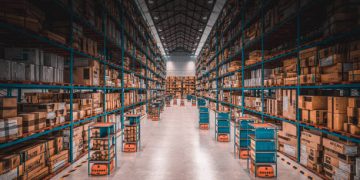Supply Chain Report – 10/07/2025
The United States began enforcing higher tariffs on imported goods from dozens of countries on Thursday, raising the nation’s average import duty to its highest level in more than a century. The new measures, announced by President Donald Trump, apply to a wide range of products with rates between 10% and 50%. The policy took effect at 12:01 a.m. EDT after weeks of negotiations and uncertainty about final tariff levels.
The U.S. Customs and Border Protection agency confirmed that it had begun collecting the new tariffs, which are part of the administration’s strategy to support domestic industries and address long-standing trade imbalances. The move follows months of discussions between U.S. trade officials and representatives from countries seeking to reduce their exposure to the higher rates.
Widespread International Impact
Major trading partners including Switzerland, Brazil, and India are among the nations most affected by the new tariffs. Leaders from these countries have expressed concern but also signaled their intent to continue negotiations. Swiss President Karin Keller-Sutter confirmed that her talks in Washington concluded without a resolution but said discussions would continue in the coming weeks. Similarly, South Africa’s government announced that trade teams would pursue further talks after its last-minute proposal failed to secure tariff relief.
India and Brazil have also taken firm positions. Indian Prime Minister Narendra Modi stated that his administration would not compromise national interests, emphasizing support for local farmers. Brazil’s President Luiz Inacio Lula da Silva said he would continue cabinet-level discussions to lower the 50% tariff rate on Brazilian goods while maintaining diplomatic dialogue.
Tariff Structure and Global Trade Shifts
Under the new framework, the United States imposed tariffs as high as 50% on imports from Brazil, 39% from Switzerland, 35% from Canada, and 25% from India. Eight major trading partners—including the European Union, Japan, and South Korea—secured framework deals that reduced their base tariff rates to around 15%. Britain reached a 10% rate, while Vietnam, Indonesia, Pakistan, and the Philippines negotiated reductions to 19% or 20%.
Analysts expect these developments to prompt adjustments in global supply chains. “There’ll be some supply chain rearrangement. There’ll be a new equilibrium,” said William Reinsch, a senior fellow at the Center for Strategic and International Studies. He noted that prices in the U.S. may rise gradually as manufacturers adapt to the new trade environment.
Vietnam, which initially faced a 46% tariff, successfully negotiated a reduction to 20% and is continuing talks to seek further adjustments. Meanwhile, other nations facing higher rates are exploring regional partnerships and alternative trade routes to minimize disruption.
Economic Considerations and Industry Response
According to the U.S. Commerce Department, the higher tariffs are part of a multilayered trade policy that also includes sector-specific duties on semiconductors, steel, aluminum, automobiles, pharmaceuticals, and other key products. President Trump has stated that tariffs on microchips could reach up to 100% in the coming months, as part of a broader effort to increase domestic production and reduce reliance on foreign technology.
U.S. officials say the policy will generate significant revenue, with Commerce Secretary Howard Lutnick estimating collections could reach $50 billion per month. Trade experts, however, warn that the higher costs will likely be passed on to consumers, contributing to inflationary pressures and increased operational costs for major companies.
Recent government data supports these concerns, showing rising prices for recreational goods, vehicles, and industrial materials. Major corporations such as Caterpillar, Marriott, and Molson Coors have reported higher costs due to import duties. Toyota estimated a nearly $10 billion impact on its U.S. operations and reduced its profit forecast by 16%. In contrast, Japanese companies like Sony and Honda expect smaller financial effects following Japan’s trade agreement with Washington that lowered certain tariffs.
Policy Goals and Long-Term Implications
The administration maintains that the tariff increases are necessary to strengthen U.S. manufacturing and correct trade imbalances. U.S. Trade Representative Jamieson Greer stated that the policy reflects “bold leadership” and aims to “rebalance the trade deficit” while encouraging reforms in global trade systems.
Economists remain divided on the long-term effects. Supporters argue that the higher tariffs could incentivize domestic investment and reduce the U.S. trade deficit. Critics, however, caution that the increased costs for businesses and consumers could slow economic growth and strain relationships with key allies.
As the new tariffs take hold, global markets are watching for potential shifts in production, investment, and trade policy. Many countries are expected to continue negotiations with Washington in the coming months, seeking either tariff reductions or new bilateral agreements to stabilize their economic ties with the United States.
#TradePolicy #GlobalMarkets #USImports #EconomicUpdate #SupplyChainNews

















